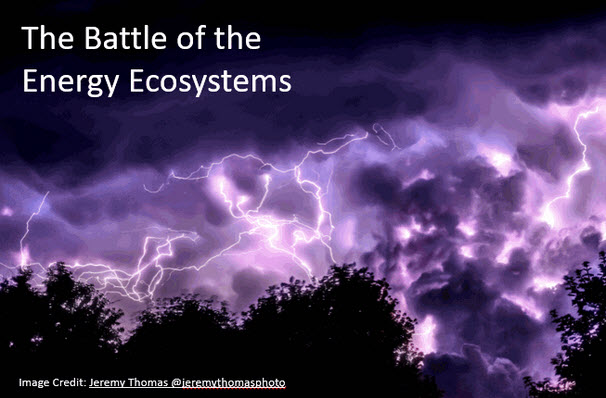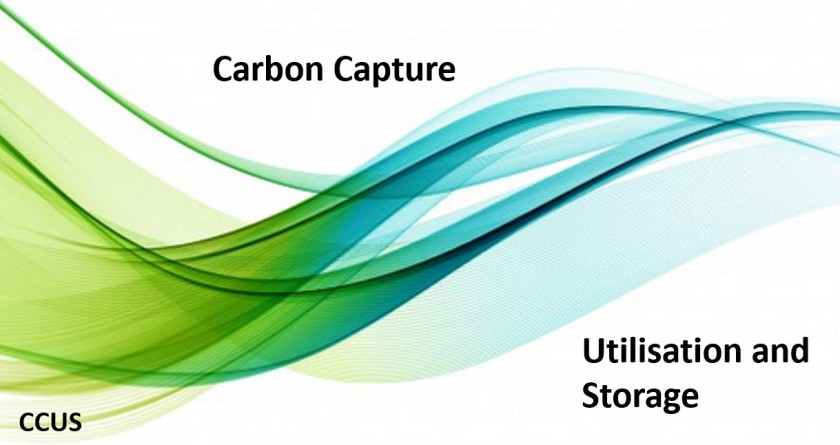
We are currently locked into a ‘battle of the energy ecosystems.’ where our very existence is requiring one side to win, it simply must, renewable clean energy must be more dominant in all the investments we are making today and in the future.
This ecosystem battle is between those that are highly vested in the fossil-based energy supply system of today and those that are forcing change into a more renewable reliant energy system as quickly as possible. Stating a wish to move to renewables needs absolute clear, concrete, committed actions, backed up by demonstrable investments, away from fossil fuels.
In the energy transition, we require, we are pushing so much of the principles and theories of ecosystems to the maximum test in the outcomes we wish to achieve. The pathway to move from reliance on fossil fuel energy to renewables is long, complex, and fraught with risk. Yet the risks need to be taken. Continue reading



 Is deep decarbonization possible? The level of investments will be substantial and require enormous changes to the energy system we have in place today.
Is deep decarbonization possible? The level of investments will be substantial and require enormous changes to the energy system we have in place today. The significant shifts we are undergoing in the energy transitions today are allowing real innovation opportunities when you survey the innovation landscape. The challenge is spotting and seizing these opportunities.
The significant shifts we are undergoing in the energy transitions today are allowing real innovation opportunities when you survey the innovation landscape. The challenge is spotting and seizing these opportunities.


